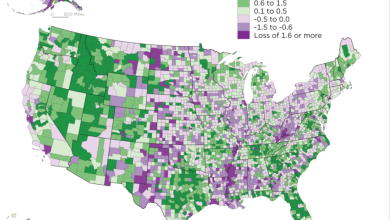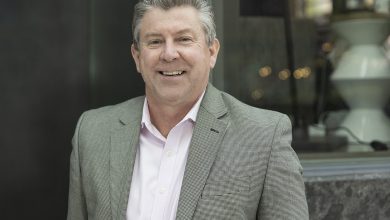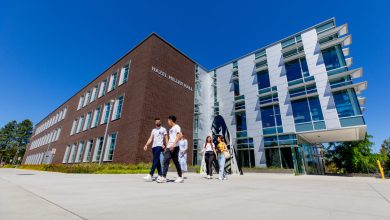These volunteers are constructing cell towers to carry the web to everybody – they usually need assistance

Internet access became essential after COVID-19 hit.
With video-chat apps largely replacing face-to-face interactions, and in-person services and businesses retreating behind the safety of screens, everyday life became unfathomably difficult to navigate for those without reliable internet access.
That changing reality got one graduate student at the University of Washington thinking.
Esther Jang had spent time building cell towers in the Philippines to provide internet access to remote areas. She wondered, why not try the same thing in underserved areas in Seattle?
“This really kicked into gear because of the pandemic,” Jang said. “All of the sudden people were realizing internet access was like a utility — it’s something people couldn’t do without.”

A City of Seattle report from 2018 found that 88 percent of Seattle residents had fixed broadband Internet access at home. But Jang says research on that topic usually raises more questions than answers. Who has a home, for example, and what truly counts as reliable internet access? What happens if someone misses a monthly payment —especially during the high economic uncertainty of the pandemic?
“All of these problems kind of came to the surface,” she said.
Jang wanted to build something like NYC Mesh, a nonprofit that relies on volunteers to provide internet access via towers in New York City. She spoke to Kurtis Heimerl, who co-directs the Information and Communication Technology for Development Lab at the UW. The ICTD Lab studies the application of technology for poverty alleviation.
“Esther said, ‘I want to do everything we were doing in the Philippines, but I want to do it in Seattle,’ ” Heimerl recalled.
They hatched a plan, which grew into Seattle Community Network, an internet service provider powered by volunteers and partners. It is funded by the City of Seattle, the Public Interest Technology University
Network, the National Science Foundation, and individual donors.
Building the collaborative network hasn’t been without obstacles — not the least of which was Seattle’s proliferation of hills and buildings.
Seattle’s urban topography — carved by ancient glaciers as much as skyscrapers — is one of cellular wireless’ biggest foes, Jang said. In short, things tend to get in the way. A tall building can block a signal, and a hill or valley can mean lost coverage.
Even so, Seattle Community Network now operates six LTE-based towers around the Seattle area — including one at Franklin High School — with a seventh in the works in Tacoma. Coverage for each tower ranges from blocks to miles, depending on location.
While the project continues to seek new sites for towers to expand coverage, the focus right now is on building a network of volunteers and partners that can help educate potential users on how to access the free service.
“It’s really hard to get the word out to people,” Jang said. “You can blast something on Facebook, but if they’re not on the internet, it’s less likely they’re going to see that.”
So far, the strategy has been to partner with community organizations — including the King County Library System, the Black Brilliance Project, and Filipino Community of Seattle — who help spread the word.
“Our model really is working with a whole bunch of partner organizations and supporting them in providing connectivity,” Heimerl said.
He added: “At the end of the day, the core idea is running a cellular network, really creating infrastructure in the way T-Mobile and Verizon do. Taking that idea and trying to get it down to the level of these organizations that have the social capacity to engage with these populations, but not the technical capacity.”

Seattle Community Network is currently seeking individual volunteers who have skills related to community building, teaching, and technology, as well as people who have hands-on experience building things and wiring electronic devices.
“We definitely need people with technical experience, networking and IT are most helpful, but also people who like to build things,” Jang said. “Even people who have wired their house, who have some electrical skills, or just straight-up software engineers.”
She said building community around internet access for all has been one of the most rewarding aspects of the project, and she hopes to find more like-minded people who can donate their time and skills to the cause.
“I honestly think that one of the most rewarding things about this project is just the people,” Jang said.
Conclusion: So above is the These volunteers are constructing cell towers to carry the web to everybody – they usually need assistance article. Hopefully with this article you can help you in life, always follow and read our good articles on the website: Doshared.com




